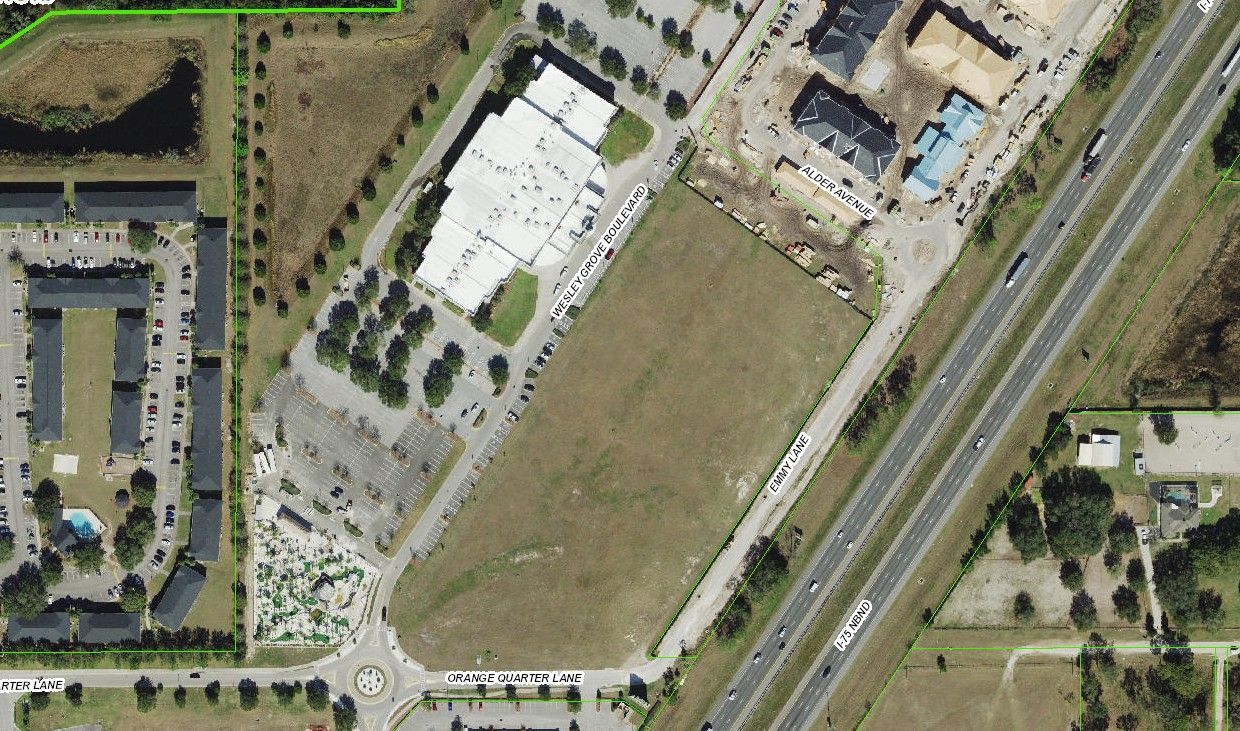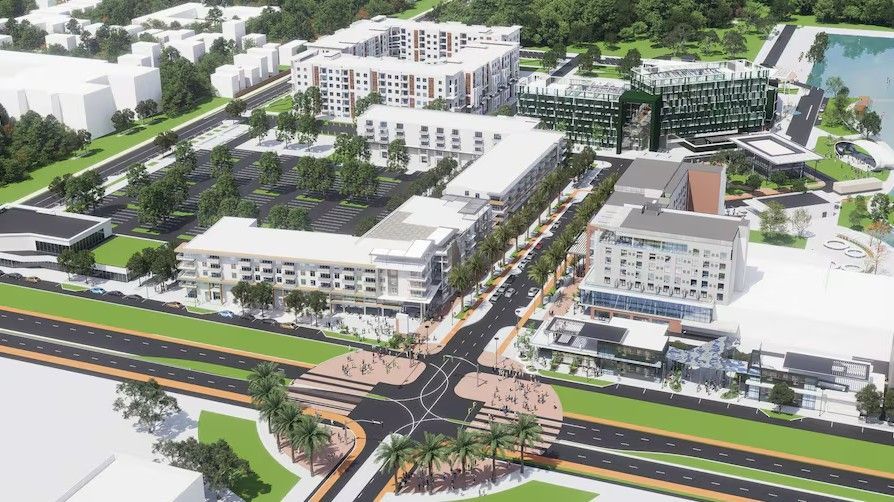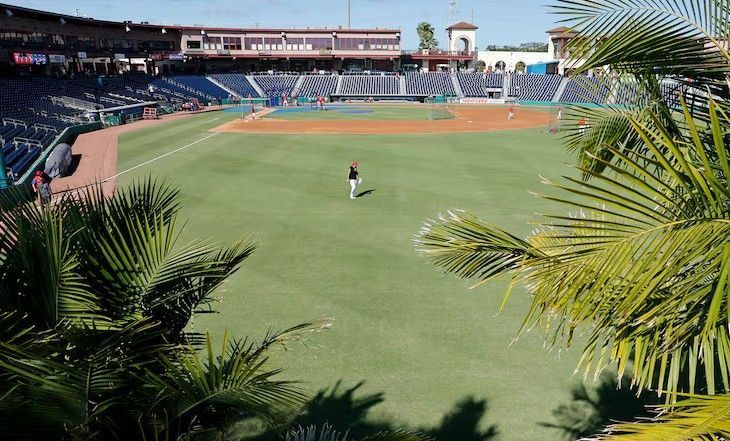Tampa Bay Rays Back Out of Stadium Deal: What Happens Now for the Gas Plant District?
The Tampa Bay Rays Back Out of Stadium Deal
In a surprise move, the Tampa Bay Rays have announced they’re not moving forward with the new stadium and the huge development project planned for downtown St. Petersburg. After years of planning and talks, the Rays said they couldn’t continue with the project due to delays and rising costs. “After careful deliberation, we have concluded we cannot move forward with the new ballpark and development project at this moment,” the team said in a post on social media. This decision puts a stop to the hopes of revitalizing the Gas Plant District, which was supposed to bring in a new stadium, housing, and many businesses.
The Rays had been frustrated with how long it took to get approval for the project, and they said the delays made the cost of building the stadium way more expensive than expected. “The delayed votes caused cost overruns that the team cannot cover,” a spokesperson explained. Even though Pinellas County approved bonds for the $1.3 billion project, the Rays’ decision now leaves a lot of questions up in the air. Pinellas County Commissioner Chris Latvala, who’s been outspoken about the situation, didn’t hold back, saying the team’s owner, Stuart Sternberg, should be ready to pay for the “now-defunct deal.”
So, what’s next? With the Rays pulling out, it’s unclear whether the city will still go ahead with fixing up Tropicana Field or if they’ll come up with a new plan. But just days after the Rays announced they were backing out, there’s buzz about a potential new investor group interested in stepping in. Tampa attorney Carter McCain revealed on the JP Peterson Show that he's representing a group with local minority ownership interests, including someone with connections in both the MLB commissioner’s office and the baseball world. This group is eyeing a new stadium project but hasn’t yet said which county they’re looking at. McCain hinted at a major entertainment complex similar to the Sphere in Las Vegas, with the ballpark surrounded by hotels, restaurants, office space, and a music venue to make it a year-round, 24/7 entertainment hub. As the clock ticks toward the March 31st deadline, we might see this plan develop fast—especially since there are rumors that former MLB star Alex Rodriguez (A-Rod) has been spotted in the area recently. Could this be the beginning of a new chapter for the Rays in the Tampa Bay area? We’ll have to wait and see.
For people in the local real estate business, this news is a big deal. The idea of a new stadium was expected to bring a lot of new development to the area, but now that those plans are off the table, it’s uncertain what’s coming next for the area. With new investor interest on the horizon, though, it’s clear that the story is far from over.
Source : ABC Action News
Thank you for your interest. Have questions regarding the local market? Navigate the Real Estate Market with confidence, and contact us at Cliggitt Valuation for your appraisal, consulting, and valuation needs today.
Mike Cliggitt, MAI, MRICS, CCIM
813.405.1705 | 863.661.1165 - Direct Lines
findvalue@cliggitt.com
Appraisal & Valuation Markets
SHARE CONTENT





